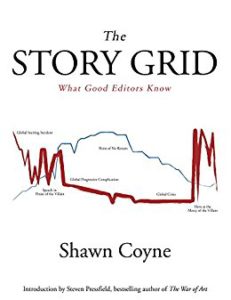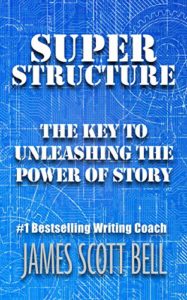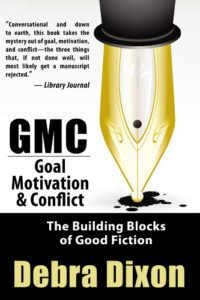Elements Of A Great Book
Ingredients For A Great Story (according to the SPA Girls)
The Hook
This is what lures the reader into the story, like hooking the fish. The blurb or story needs to grab the reader from the beginning. Don’t ramble, get the reader involved asap!
- Start with a question. Ask your reader to think about where this book is heading.
- Use descriptive words. Creating a picture in the reader’s mind can make them want to keep turning the page.
- Intrigue them.
Characters
“You must learn to be three people at once: writer, character, and reader.” ~ Nancy Kress
- Give your characters’ values, pain, and fear. What motivates them and makes them vulnerable?
- Make them likable, even if they start out mean. They must be empathetic. If someone seems hard and unlikeable, show a softer side. A weakness for bunnies maybe?
- Conflict is important. Let us see why your characters are behaving the way they are. Show not tell.
- Make sure your characters have substance. Let the reader see them as real, and empathize with them.
- You may know your characters, but your readers do not, it is your job to give them the details. Your job is to introduce us to them.
- Your characters need to be relatable. The reader wants to see their flaws, or what makes them unique.
- If you are stuck going forward with a character, interview them. It’s great fun, and you’ll be surprised what you learn! Write down a list of questions like these below, and answer them as your characters.
- How old are they?
- What kind of childhood did they have? Was it happy? Why/why not?
- How have past/present relationships affected them?
- Fears, what are they?
- Secrets, what are they?
- What are their passions?
Conflict
There are two types of conflict, internal and external. With internal conflict, it is personal to the character involved. This type of conflict takes place within the character. It can surface when their values or morals are tested or otherwise compromised.
External conflict is conflict that occurs outside of the character’s control. This can be conflict that is observed in others or outside forces that are causing conflict for the character in obtaining what they want.
- Conflict is not necessarily arguing, it is the conflict of opposing goals. If you have an antagonist and protagonist, then the antagonist has to want the opposite of what the protagonist wants.
Protagonist – They are the main focus of the story. Its their fears and motives we’re aware of.
Antagonist – They are the character that opposes the protagonist and are often the obstacle to stop them reaching their goal.
- Conflict needs to drive a scene forward until the ultimate goal is reached for the character. Often the goals will change, but it is resolving the problem to get to the goal.
- Conflict helps the journey to fulfillment.
- Don’t solve a conflict in a way that is out of character and unbelievable, this will take the reader out of the story.
- Conflicts should and will make your characters stronger.
Ending
In a romance novel the reader expectations are that there is a HEA (happy ever after) or HFN (happy for now) ending.
You’ve carried your reader through the book, now you want it to end in a way that makes them want to buy your next one. If you write series, then this is vital, as it will have them rushing to purchase book #2!
Don’t hurry it, and cheat your reader, or round things up without explanation. The ending should be consistent with what happened throughout the book. Show the reader your character’s evolution and the resolution of conflicts.
Endings can make or break a novel – beginnings sell this book to the reader; endings sell your next book!
Watch Out For…
Saggy Middles
The sagging middle occurs when the writing between the opening and climax of your book looses the readers interest, due to structure, waffling, or pages of description which does not advance the story. This is one of the most common issues a writer faces.
- Plotting can help this, because often a sagging middle is from a weak structure.
- Remember that each scene should move the story forward, if it doesn’t then cut it, no matter how good you believe it is.
Telling, Not Showing (aka Show Don’t Tell)
A well written chapter can draw an image in the reader’s mind instead of telling the reader what to think or believe, and this is what you want to achieve.
For example, here is a sentence that tells:
Miss Simple was a skinny, angry old woman.
Instead of:
Miss Simple slid her slight, stooped frame through the narrow opening. She glared at the children who dared to enter her orchard, making each one quiver with fear.
Remember, create a vision in the reader’s mind.
Beware The Info Dump
This is when you write in a lot of information in one block, and jar the reader out of the story. We know you need to tell some of the back-story, and describe your characters and setting etc., but you need to weave it into the story not dump it. This can also be done well, by using dialogue, a discussion between characters can bring a setting to life.
‘If a story is in you, it has to got to come out.” ~ William Faulkner
Helpful Resources




